Growing the Best Lavender Essential Oil: What Does It Take?
EDITOR’S NOTE: Since Gary Young’s passing, we have been taking stock of the tremendous contributions he made to the world by revisiting his presentations, such as this fascinating blog post series, originally published in 2011, that recounts Gary’s lavender-growing journey. This is Part II in the Lavender Supply series.
Lavender used to be a natural, wildcrafted crop that could easily be cut and harvested in the hills. Over time it was domesticated and gradually became one of the largest ingredients in the manufacture of perfume and scented cosmetics. It became one of the most profitable oils in the history of the perfume cartel, and the business of growing, harvesting, and distilling it was usually one that was handed down from father to son for many generations.
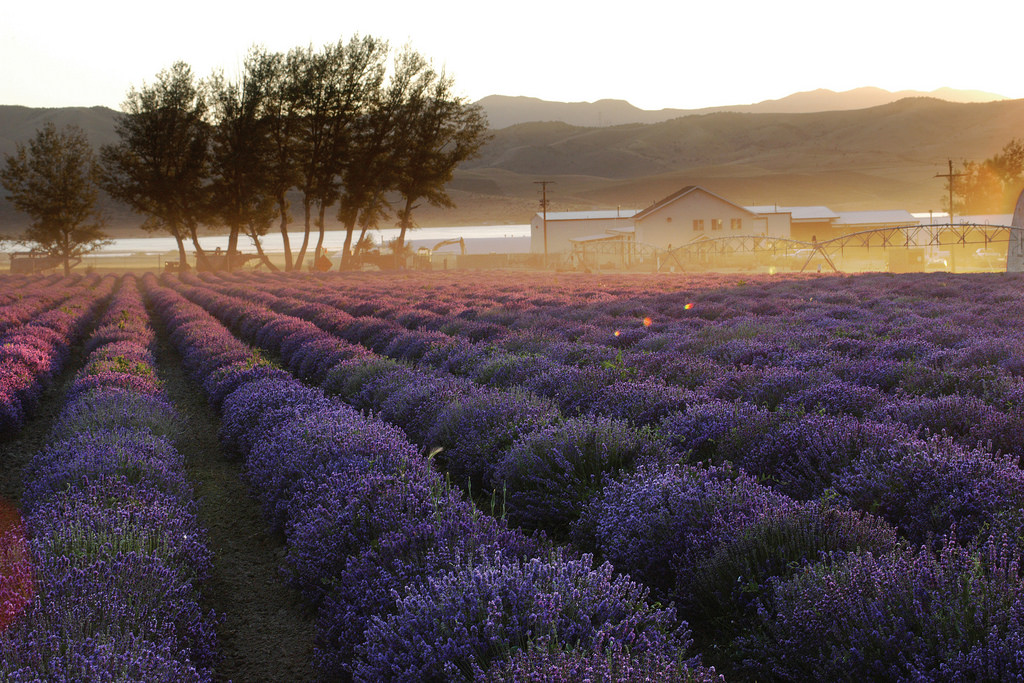
This was certainly the case with Marcel Espieu, who was president of the French Lavender Growers Association for over 20 years, and Jean Paul and Jean-Marie, three old lavender growers who had taken over from their fathers. For some like Marcel, who was fourth generation, growing and harvesting lavender was the only life he knew. But it was not without its costs.
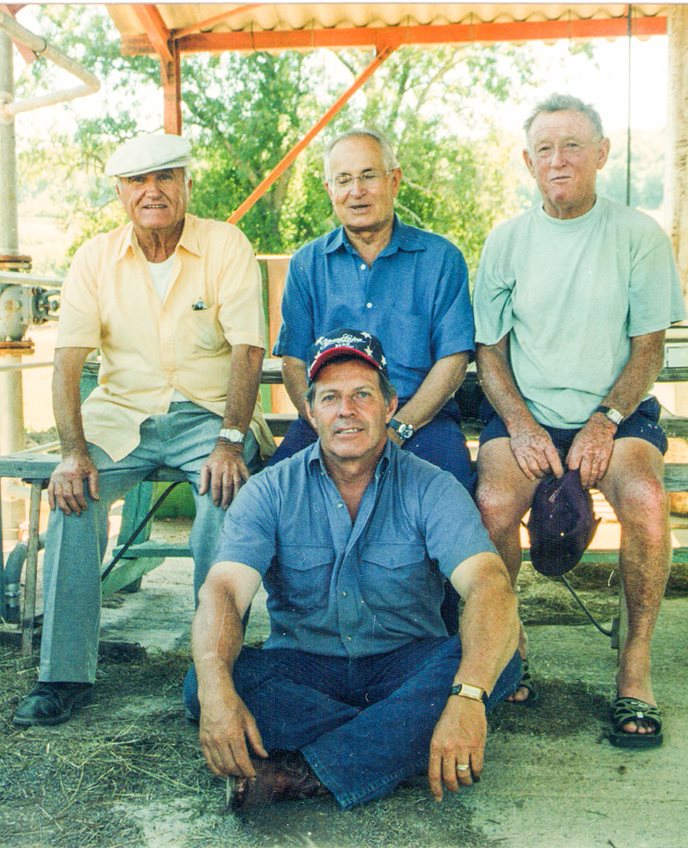
Gary Young with Marcel Espieu (in middle back)
The Costs of Growing True Lavender and Making the Best Lavender Essential Oil
True lavender is a relatively expensive crop to grow and harvest, even when it is grown in America. When I started my first farm in 1992 in Utah, wages were $3.25 an hour for farm labor. I was not required to pay overtime or benefits, and the Occupational Safety & Health Administration (OSHA) never dictated how we operated our business. Diesel fuel was under $1 per gallon, and we could buy a good used 110 hp Massey Ferguson 2705 tractor for $5,000 to $6,000. Good farmland was $600 to $1,000 per acre.
To grow lavender, you must have a greenhouse to germinate the seed and create starts for spring planting. You must also have a planting machine, or you have to plant by hand. After you plant the starts, you must wait three years before the first harvest. When you do finally harvest, you can’t do it with a wheat combine, hay swather, potato digger, or corn harvester, and no equipment is manufactured in the USA for planting or harvesting lavender specifically. That’s why I built my own planting machine and engineered and built two lavender harvesters.

The planter that Gary engineered and built
By 2011 costs for everything had gone up. Land started at $5,000 per acre. A 2705 Massey Ferguson tractor might have sold for $15,000 at auction. Diesel fuel was up to $4 per gallon, and farm labor was $9 per hour, plus overtime and benefits. In addition, a two-row lavender planter shipped from France cost about $25,000. A one-row harvester cost $35,000.
Then if you had your own distillery, you had to figure in that cost, which could range from $500,000 to $5 million. In addition to the distillery, if you didn’t grow your own crops, you had to add the cost of purchasing them. In 2009 lavender that was shipped from France cost $78 per kilo.
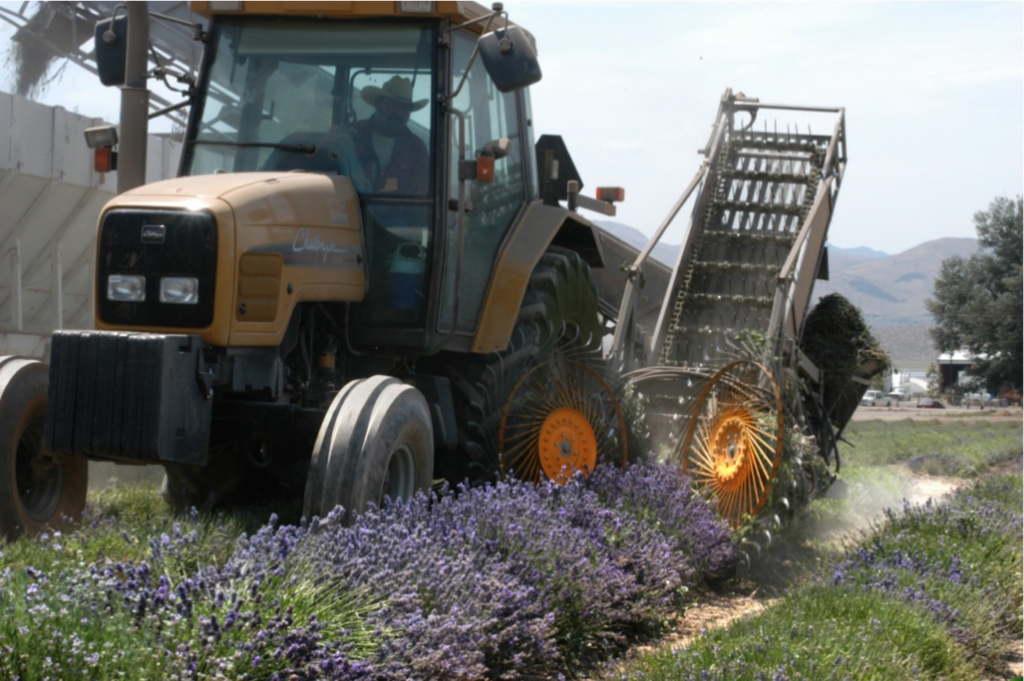
The custom lavender harvester that Gary built.
The average yield per acre of lavender is 6 gallons, which gave a market value of approximately $1,872 per acre in 2009. In proportion to the amount of work and cost that went into growing, harvesting, and distilling lavender, that value was low.
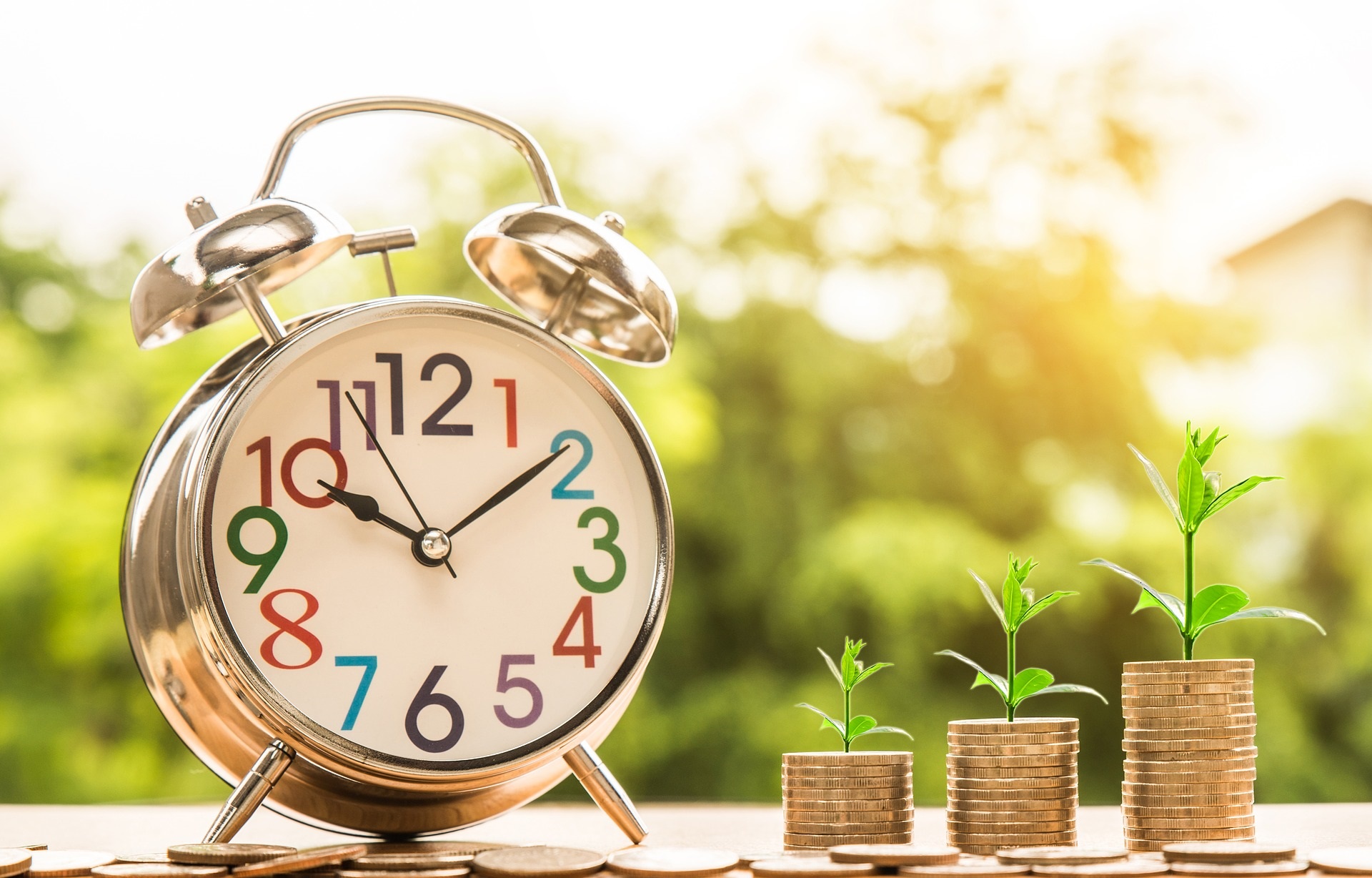 The Impact of Cost
The Impact of Cost
Because of this, many French lavender growers went out of business. In fact, between 1985 and 1994, 40 percent of the distilleries in France went out of business. From 1995 to 2011, 60 percent of the farmers who had been growing lavender since 1995 went out of business.
Those who stayed, in order to stay in business, had to increase their yields and decrease their prices, so in the late 1970s they began:
- Planting other crops – I watched farms come and go and distilleries dismantled and sold as scrap iron. I have also watched lavender fields replaced with standard crops of grapeseed, wheat, corn for biofuel, and hemp for rope and building material, according to the demands of the market. As a born rancher and farmer, I can easily understand. As a businessman, I can also easily understand.
- Cloning lavender – This was developed from selected plants, which gradually changed the multicolored true lavender into a single, manufactured color of hybrid plants. Cloned lavender yields two to five times more oil than Lavandula angustifolia, but it also minimizes the power known to true lavender.
- Switching to lavandin – With lavandin hybrid “grosso” or “super,” the yield is five to six times more oil per acre than lavender. It can be harvested with a four-row harvester, making the harvesting cost four times less, and the same machinery can be used to plant and harvest.
Lavandin is a simple fragrance solution but not a desirable replacement for therapeutic lavender. People are buying lavandin that has been altered with synthetic linalool, a lavender fragrance molecule that is often added during the distillation process and put directly into the barrels for export. Adding synthetic linalool to lavandin brings the linalool to the normal percentage expected in Lavandula angustifolia, true lavender.
Lavandin: What Is It?
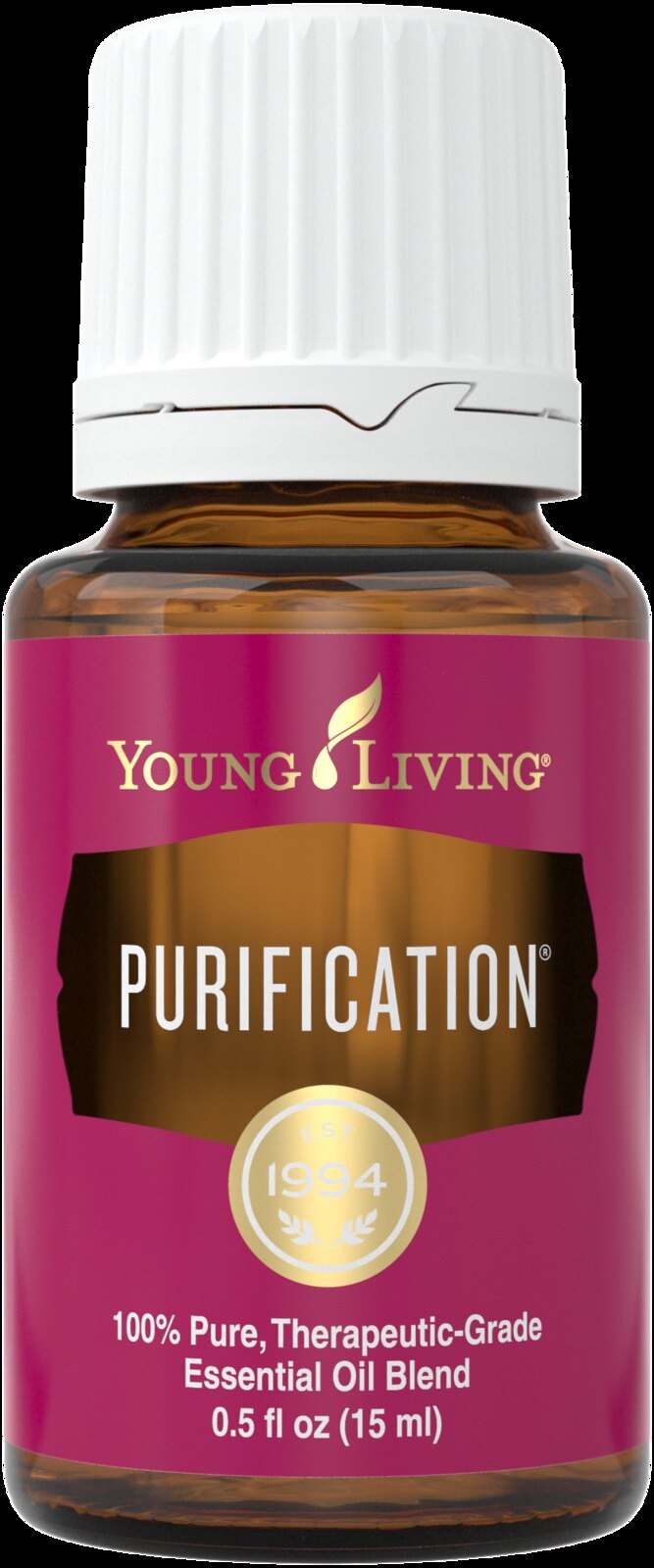 Now, lavandin, which is a lavender hybrid, isn’t altogether bad. One of its major constituents is camphene, which is known for its antiseptic, antibacterial, and analgesic properties. When used for these purposes, it is very valuable, as in Young Living’s Purification essential oil blend.
Now, lavandin, which is a lavender hybrid, isn’t altogether bad. One of its major constituents is camphene, which is known for its antiseptic, antibacterial, and analgesic properties. When used for these purposes, it is very valuable, as in Young Living’s Purification essential oil blend.
In fact, this hybridization all began with two varieties, spike lavender (Lavandula latifolia) and true lavender (Lavandula angustifolia). Spike lavender has flowers that are more grayish than the bluish color of Lavandula angustifolia. It has a harsher, more camphoraceous fragrance as well. Lavandin is known as Lavandula x hybrida. Some
growers call it Lavandula intermedia abrialii (also Lavandula x hybrida abrialis). While lavandin is harsher than true lavender, it has stronger antiseptic properties.
In the 1970s, a lavender grower named Pierre Grosso propagated a new variety of lavandin named after him, Lavandula intermedia var. Grosso. These new lavandins were known for higher yield in mass cultivation.
Possible Problems with Lavandin
That being said, camphene can burn the skin, which is why some people are uncomfortable using straight lavandin. A burning sensation when applying the oil would be your first clue that you have lavandin instead of pure lavender, since pure lavender does not contain camphene.
Lavandin may or may not be a little caustic to the skin, depending on its percentage of camphene; but when properly blended with other essential oils, it becomes pleasant to the skin and yet still has its same therapeutic effect.
And when diluted with sufficient linalool, the camphene becomes undetectable to the end users, who may have thought they were buying pure lavender but who then, unfortunately, discover that they are not getting the results they wanted from the lavender they bought from various retail outlets.
The big perfume houses do not care about the camphene content in lavandin, which alters the smell and gives the feel of the oil on the skin a bite. They prefer Lavandin super over Lavandin grosso because the camphene in super can run from 8 to 15 percent, whereas the camphene in grosso is anywhere from 19 to 30 percent. The percentages depend on soil, nutrients, sunshine, and rain, which can vary substantially.
Oil cartels, in fact, have discovered how to heat lavandin, flash off the camphene, and then add synthetic linalools and lavandulol to make it smell like lavender. These are the fragrance molecules that create the aroma that is recognized as lavender.
Adulterated Lavender
Another way that companies in the perfume, industrial, food and flavoring, commercial, and aromatherapy industries have decreased costs while increasing profits is by adulterating lavender. Since the 1980’s, and with the increase in availability of cheap synthetics, the use of pure, unadulterated lavender has declined.
There is a great example of how adulterated lavender causes problems. In Jean Valnet’s The Practice of Aromatherapy, he writes about a man being treated with lavender for a problem in his “sit-down area.” The man went on a journey but forgot his lavender, so he purchased a fresh supply. Valnet then writes about what happened: “Unfortunately this essence was neither natural nor pure: one single installation was followed by a painful inflammation of such severity that the unfortunate person was unable to sit down for more than a fortnight” (14 nights).
Thus, the focus in growing lavender has gone from growing true lavender to growing hybrids, clones, and adulterated versions purely for their fragrance and less for their therapeutic properties.
In 1990 the perfume companies combined with cosmetic and hygiene products used up 60 percent of the lavandin production. The industrial use was 20 percent, food and flavoring were 19 percent, and aromatherapy was 1 percent.
In 2005 the perfume and fragrance industry used 56 percent of the lavandin production, industrial use was 18 percent, food and flavoring were 17 percent, and aromatherapy home use was 2.5 percent. The other 6.5 percent went to various commercial entities. Natural medicine use is so miniscule that no one cares to try to determine its usage, which would probably be impossible anyway. The demand is for fragrance, which can be obtained using lavandin.
Another Blow to True Lavender
But these are not the only factors that have decreased the worldwide growth of true lavender. Growers in France experienced a long drought, a catastrophic virus, and the end of government subsidies.
In my visit to Provence, France, in November of 2010, I was shocked and very discouraged. I have worked with the growers in France, planting, harvesting, and distilling over the past 25 years and have never seen anything so devastating.
As I drove into the Simiane Valley, my heart felt like it was stuck in my throat. All the lavender fields were dug up and gone; and the hybrid and cloned lavender was 40 percent dead.
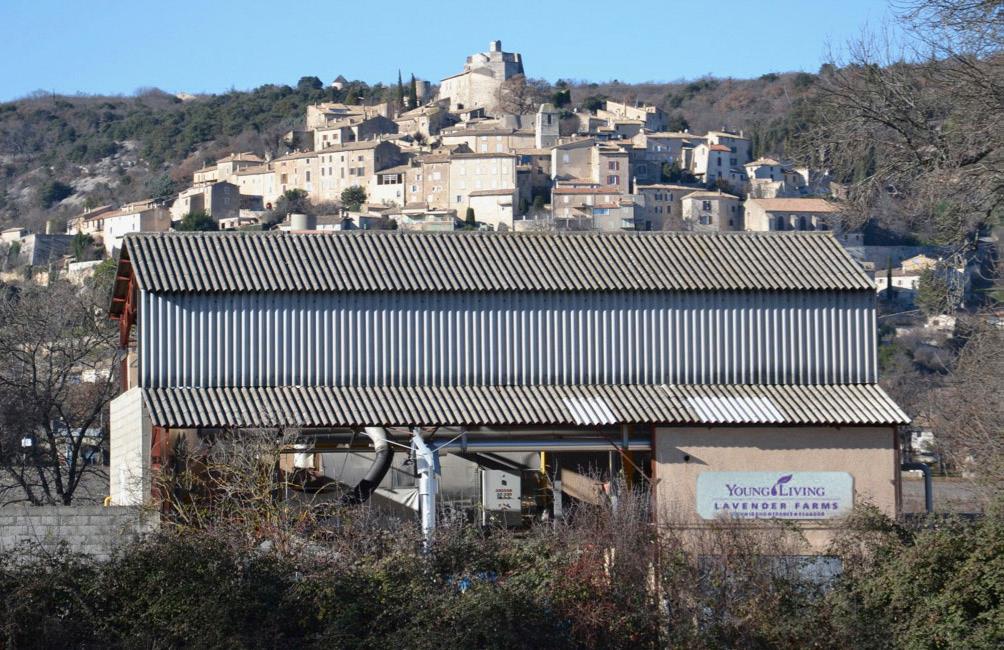 Jean-Noël Landel, who has been my partner in France for many years and is currently the manager of the Young Living farm in Simiane, had reported to me over the last couple of years that the lavender was dying, but until I saw the fields, it hadn’t become a reality. When I saw that 90 percent of all the lavender was dead, I knew I was faced with a major decision.
Jean-Noël Landel, who has been my partner in France for many years and is currently the manager of the Young Living farm in Simiane, had reported to me over the last couple of years that the lavender was dying, but until I saw the fields, it hadn’t become a reality. When I saw that 90 percent of all the lavender was dead, I knew I was faced with a major decision.
In addition to the lavender, we had also always maintained a two-hectare field of Lavandin super for our Purification blend. As I walked the field, I saw that 40 percent of those plants were dead as well. In 2009 our fields produced 68 kilos of Lavandin super and 60 kilos of lavender (Lavandula angustifolia), and in 2010 they produced 58 kilos of super and no lavender.
Jean-Marie Blanc, a large lavender grower who we have contracted with for the last eight years to do the cultivating, planting, and harvesting of our farm, along with many other farmers, lost all of his lavender and 40 percent of his lavandin as well.
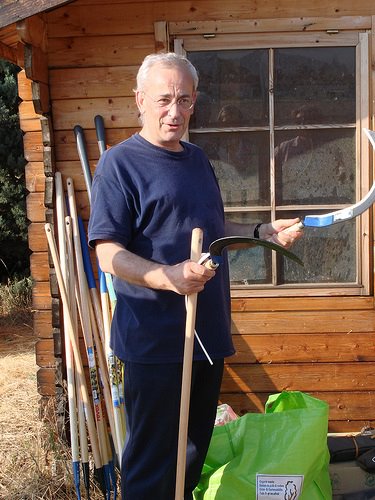
Jean-Noël Landel
A farmer can experience no greater pain than to have crop failure. As I walked back to the car and sat down, the words of Mr. Henri Viaud over 20 years ago resounded loudly in my head, “Mr. Young, you will see the day come that if you do not grow it, you won’t have it!” He predicted in 1993 that the lavender would die.
As we drove over the plateau on the mountain top, field after field was in the same condition. Ten years ago I wanted to buy a farm on the plateau that I fell in love with and had taken many distributors to see. It was a beautiful 300-plus-acre, organic Lavandula angustifolia farm that was nestled high above the main plateau in a valley at 5,000 feet. Over the years I had visited this farm, and three times I tried to purchase it, but the farm was never for sale.
However, the owner was able to grow and supply the oil for us to make up the difference when our own production was short because of our growing demand. This year the farm is sadly for sale. The dead and dying plants, caused by the drought as well as by a virus that has attacked and killed the lavender plants, caused a rapid drop in production and, of course, income, which put so much stress on the family that it resulted in a divorce.
This year the production on his farm was down 60 percent from previous years. There is no way this man can recover, and if he doesn’t sell the farm, he will simply lose it to the bank. Unfortunately, he is only one of many farmers in similar situations. In addition, many distilleries on the plateau were out of operation this year.
Jean-Noël and I had a lot of discussion about our farm and distillery. We wondered what to do about the distillery simply because there was no crop. Many farmers who are hoping the lavender will come back are talking about keeping just one central distillery in operation and selling the others, if they can find buyers. They even considered starting over.
While visiting with Benoît Cassan, the former president of CRIEPPAM (the technical research center for lavender growers and distillers in Provence, France) and the largest grower in and around Simiane, Jean-Noël asked him if he would have any angustifolia that he could buy.
He said that wouldn’t be possible, and even the orders of his buyers who he has supplied for the last 15 years were being cut back by 50 percent, and the 50 percent that he was supplying them was being mixed half and half with lavender angustifolia and cloned lavender.
He went on to explain that in their latest association meeting, they discussed the possibility of taking all of the lavender out in all of France to sterilize the soil and kill the virus that has been attacking and killing the lavender for the last 10 years.
Then in 5 years when the soil had been nourished and built back, they would replant and start over. But even if they were successful, it could be up to 8 years before the lavender would be back on the market.
However, the farmers cannot wait 8 years for a crop, so they will replant a different crop. Once the new crop is established, the farmers will not take it out and put lavender back in.
True Lavender Comes From Young Living
One would think that because of all of this, it would be impossible to acquire true, pure, therapeutic-grade lavender essential oil. This, however, is not the case. Young Living is perfectly positioned to provide this oil because I have paid the price and built a foundation of corporate-owned farms first, while others built their foundations on marketing and hype. I moved forward in spite of the criticism that I was wasting my time and money in building the farms and greenhouses and growing the starts that would secure a solid future for Young Living. Long term, with proper crop rotation, field expansion, and good farm management, Young Living will be the only company with true Lavandula angustifolia, the best lavender essential oil, even as the demand increases.
 In September of 2010, lavender prices went up 30 percent, with another 30 percent increase projected in the first part of 2011. However, by November 17, 2010, lavender prices had already increased 100 percent from the price a year ago at the same time.
In September of 2010, lavender prices went up 30 percent, with another 30 percent increase projected in the first part of 2011. However, by November 17, 2010, lavender prices had already increased 100 percent from the price a year ago at the same time.
In fact, demand had increased so much that three European brokers called me and asked if I had any excess that I would sell to them. I had only to name my price.
And all is not lost for true lavender in general. The French government resumed subsidizing lavender growers in 2000, and Young Living’s production of true, unadulterated, nonhybridized, non-cloned lavender essential oil continues.
That oil is all about powerful, therapeutic properties and superior fragrance. If you haven’t experienced Young Living’s Mona, Utah, lavender fields, my invitation to you to visit our lavender farm still stands. Come in July and take a walk through the rows of vibrantly colored fields with their enticing scent. Travelers along Interstate 15 are so stunned at the sight and the enchanting fragrance that they often pull to the side of the road to stare in wonder.”


Would you like to share your thoughts?
Your email address will not be published. Required fields are marked *